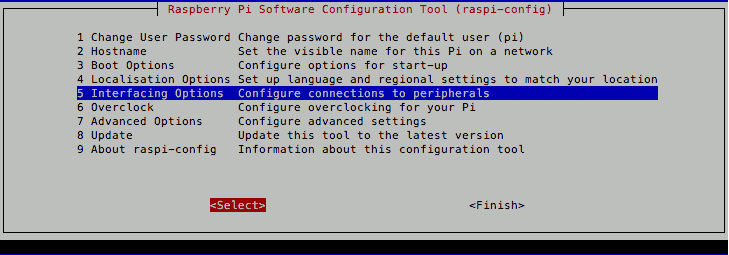
Desktops in Linux have always been based on the X Window System, usually just referred to as X. The other advantage of mutter is that it is a necessary step towards the future of Linux desktop environments. Which is another answer to the question, “so why didn’t you move to GTK+3 years ago…?”) (This does mean, unfortunately, that on those systems, tooltips will now have square corners. As a result, on Raspberry Pis with less than 2GB, the older openbox window manager is still used instead. One drawback of mutter is that, due to needing to draw the entire screen to memory before it can display it, it is quite demanding in terms of RAM, and can only run properly on a Raspberry Pi with 2GB or more. Mutter gives nice window opening and closing animations, and provides shading behind each window border the changes are subtle, but they do make the desktop feel more modern.

GTK+3 relies on a compositing window manager to round the corners of tooltips in GTK+2 this was done with a hack similar to the one we use to create rounded window frames in openbox, but this has been removed in GTK+3 and the window manager is asked to do it instead. (While we did have rounded corners in openbox, this was done in a rather inefficient fashion by drawing multiple frames of varying sizes for each window – it worked, but it really wasn’t elegant!) This is then sent to the hardware to be displayed.īecause it has control of the whole screen, a compositing window manager can create some nice visual effects which are not possible (or at least not easy) with a traditional window manager: for instance, it can round the corners of windows, or display shaded borders behind each window.
Raspbian jessie lite startx windows#
Mutter is what is known as a compositing window manager, which means that rather than individually drawing the window frames straight onto the existing windows on screen, it draws all the windows to a memory buffer off screen, where it creates a complete image for the entire screen. The window manager is responsible for drawing the title bar and window frame around each application window. One of the changes which was prompted by the move to GTK+3 is that we are using a new window manager, called mutter, instead of the openbox window manager used in previous releases. GTK+3 just gives us a more modern basis for future development, and brings us into line with other Linux desktop environments. Some other controls have a slightly different appearance, but we’ve tried to make sure that everything still looks familiar and largely unchanged. You’ll notice a few changes to widgets – the most obvious is the new appearance of tabbed interfaces. It has ended up being necessary to find work-arounds to a lot of these – hopefully no one will notice them and everything will still work as before! The simple answer is that many things are much easier to do with GTK+2 than with GTK+3, particularly when it comes to customising the appearance of widgets – GTK+3 has removed several useful features which we relied upon.

GTK+3 has been around for several years now, and people have occasionally asked why we didn’t move to it before now.
Raspbian jessie lite startx software#
Up until now, most of the desktop has used version 2 of the GTK+ toolkit, but increasing numbers of Debian applications are using GTK+3, so to try and keep things consistent, we’ve upgraded all our software and the desktop itself to the newer version. GTK+ is a layer of software that applications can use to draw standard user interface components (known as “widgets”) such as buttons, menus and the like, so that all applications have a consistent look and feel. GTK+3Īll of the desktop components and applications are now using version 3 of the GTK+ user interface toolkit. However, over and above the changes in Debian itself, the ‘bullseye’ version of Raspberry Pi OS has a number of significant changes to the desktop environment and to the support for Raspberry Pi hardware. So what is new this time?ĭebian ‘bullseye’ has relatively few major changes which are visible to users – there are some under-the-hood changes to file systems and printing, but most of the changes are patches and upgrades to existing applications and features.

We’ve been working on the corresponding ‘bullseye’ release of Raspberry Pi OS it’s taken a bit longer than we’d hoped, but it is now available.


 0 kommentar(er)
0 kommentar(er)
